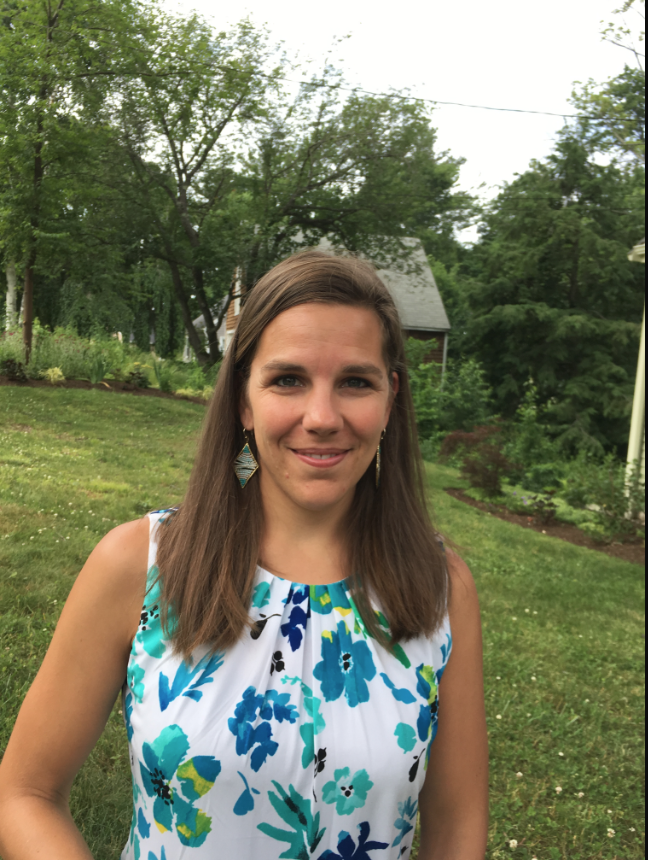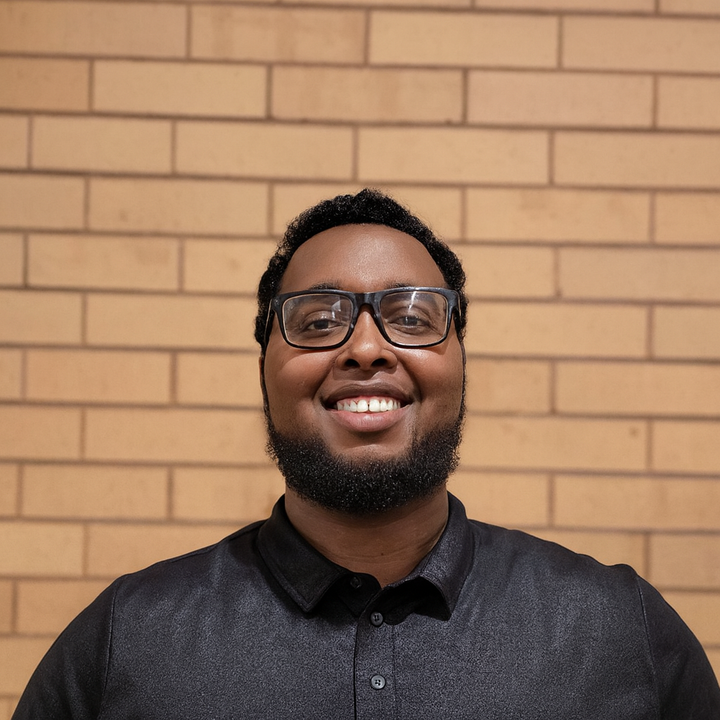Fresh Faculty: Katharine Correia

Katharine Correia is an assistant professors of statistics. She holds a bachelor’s degree in statistics from Mount Holyoke, a master’s degree in biostatistics from Boston University and a doctorate in biostatistics from Harvard.
Q: How did you become interested in your area of study?
A: I took an introduction to statistics course in college just to fulfill my math requirement and I ended up loving it. One particular example that was presented in class that really caught my attention was the application of statistics in the courtroom for a murder trial of a nurse who was accused of killing her patients at the Northampton hospital. At the time, I loved watching “Law and Order” and I was fascinated with the FBI, but I am also a big scaredy-cat. So this angle of investigation where I could investigate from behind my desk really drew me in.
Q: Like statistics and law, biostatistics is an interesting combination of disciplines — can you describe what that entails?
A: Clearly I did not stick with the statistics and law trajectory, but the summer between my junior and senior years of college, I ended up doing a program called Summer Institute for Biostatistics at Boston University. That introduced me to the application of statistics to the medical field and I found that fascinating. I ended up getting a master’s degree in biostatistics, and I worked at a fertility clinic at Brigham and Women’s Hospital after my degree, and that’s what solidified my passion for statistics in the medical field. We did a lot of interesting studies — they were also interwoven with these ethical and moral considerations.
Q: What brought you to Amherst?
A: When I was getting my Ph.D, I was open to all types of possibilities. My former professor at Mount Holyoke emailed me when I was in my third or fourth year asking if I’d be interested in coming back to teach there. That possibility was kind of like, “Oh, I hadn’t thought about that before.” I loved it there before, I thought I would love it again, but the timing didn’t work out since I was still in school. When I was finishing up, I saw a position open at Amherst and thought it would be perfect. When I visited last winter, every faculty member that I spoke with talked about feeling so supported by the college in both their teaching and their research endeavors. I saw it as a great fit, and so far, I can say I’m ecstatic with my choice.
Q: You’ve worked in a variety of settings ranging from hospitals to research universities. How do you think Amherst will compare to your previous experiences?
A: I couldn’t see myself returning to the hospital-type setting and being happy there. It would have been the more familiar choice and within my comfort zone. I knew I always enjoyed teaching, whether it was teaching water sports as a teenager or tutoring during college or TA-ing during grad school. I also went to Mount Holyoke College for my undergraduate degree and I knew I loved that experience at a small liberal arts school in the Pioneer Valley. I was excited about the possibility of being in that type of environment.
Q: What do you hope for during your time at Amherst?
A: I had such a wonderful experience as an undergraduate at a small liberal arts college, so I placed high expectations on myself to return the favor that my undergraduate professors had afforded me. So [that means] engaging excitement in the field of statistics, cross-disciplinary intellectual stimulation, thoughtful mentorship. I don’t think it’s as hard as it used to be to convince students that a statistics course will be useful to them. The department here is growing rapidly, and I hope to accommodate that growth and continue to fuel that growth. For the larger Amherst community, I have this idea in my head — it’s not totally fleshed out — to start up a “data for good” group or club where we could help local nonprofit organizations make use of the vast amounts of data they collect but are under-resourced. I feel like this wouldn’t just be a group for statistics majors but could involved students from across many disciplines.
Q: What classes are you teaching this semester?
A: This semester I am teaching Introduction to Statistics, and what I hope that students take away from it is that statistics is less about scary math formulas these days and more about investigating the world using data. Pretty much any topic a student may be interested in, we can find an example where statistics can be helpful in understanding that topic. I hope I’m able to motivate students to learn statistics using what other topics they might be concerned about. We’re so bombarded in the news and media these days with statistically-based results that I think whether or not you go on to use statistics yourself later in life, it’s important to critically evaluate what we’re reading and hearing.
Q: What do you do in your spare time?
A: I have two children, and I love to spend time with my kids and my husband. My son is five years old and my daughter is two and a half years old. They’re really into biking these days — you might see us on the rail trail. We love swimming, soccer and baking.





Comments ()